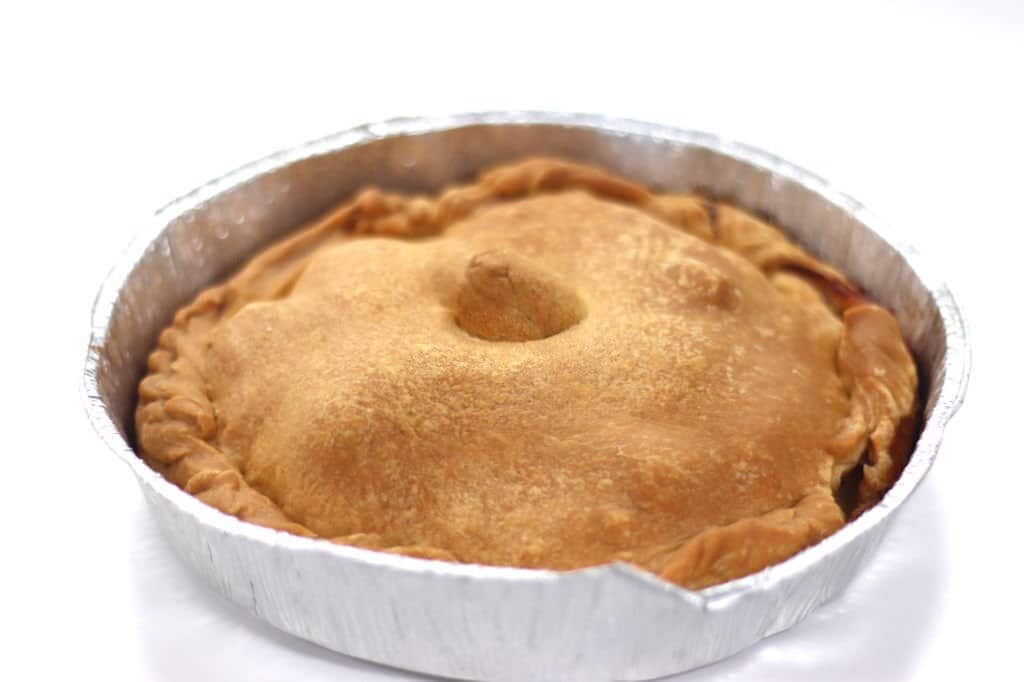Sardinian Panadas (Panadas means breaded) are savory dumplings, stuffed with various types of meat, fish, cheese and vegetable-based dressing. It’s a characteristic dish of Sardinia Island, of ancient origin, even Nuragic.
“Impanare” or wrap the food in bread dough and cook it twice. It was a loophole that began to spread throughout Italy between the late Middle Ages and the Renaissance. This to preserve meat and fish for longer, creating those that they would then be spread with the nickname “savory pies”.
Only in Sardinia, however, this type of recipe took the name of “Panada” or “Impanada”. The term was probably introduced during the period of Catalan domination on the island.
It is believed that the original recipe was provided with the filling of eels, since in the past eel fishing was one of the main sources of sustenance for the population of the island. Even today the municipalities of Assemini, Oschiri, Berchidda and Pattada dispute the paternity of the Panada. However Sardinian Panadas widespread throughout the Sardinian territory, where numerous festivals are held in his honor.

“Sa Panada” was consumed on feast days or offered as a gift to people of a certain regard and relevance. It is a recipe of typically peasant origin, so for the preparation of Sardinian Panadas, simple, genuine and natural ingredients are used.
Discover more authentic Sardinian recipes here.
Place the flour on the pastry board, add salt and put lard in the center, mixing it with a little warm water. Work the ingredients to obtain a smooth and compact dough, that you will let rest for 30 min.
In a large pan, sauté in the oil the meat cut into small pieces, together with the sausage and onion.
After a few minutes over low heat, add the other ingredients and let them brown for a few minutes; if necessary, soften the mixture with a little water so as not to make it too dry.
Peel and cut into small cubes the potatoes.
Roll out the dough with a rolling pin and make a lot of discs with a glass; place the filling (meet and potatoes) in the center of each one and close it with another disk of dough, passing the toothed wheel over the edges. Brush the impanadas with the egg yolk and bake them for half an hour (or until they are golden on the surface) at 180 degrees.
Large panadas in a cake pan. Divide the dough into two parts to be spread in two thin disks, place the first in a round cake pan with the high edges previously greased, and fill with the preparation of meat and vegetables; cover with the other disk as a cover, closing the edges. At the center of the pan, make holes with a fork, so that during cooking the steam can come out easily. Place the pan in the oven and cook at 180 °, from 40 to 60 minutes, until the dough is golden.
2. You can keep the panada covered with the film in the refrigerator for up to 3 days. Heat it in the oven before serving. It is possible to freeze panada both raw and cooked in the pan. Defrost it the day before in the refrigerator and then cook it or, if it is already cooked, heat it in the oven.
3. The secret to a perfect dish is in the dough: it must be soft enough to be pulled without breaking, so that you can close the panada. When you work it, then, be quick and, for the rest, always leave it covered with film, otherwise it will dry up and goodbye closing it!